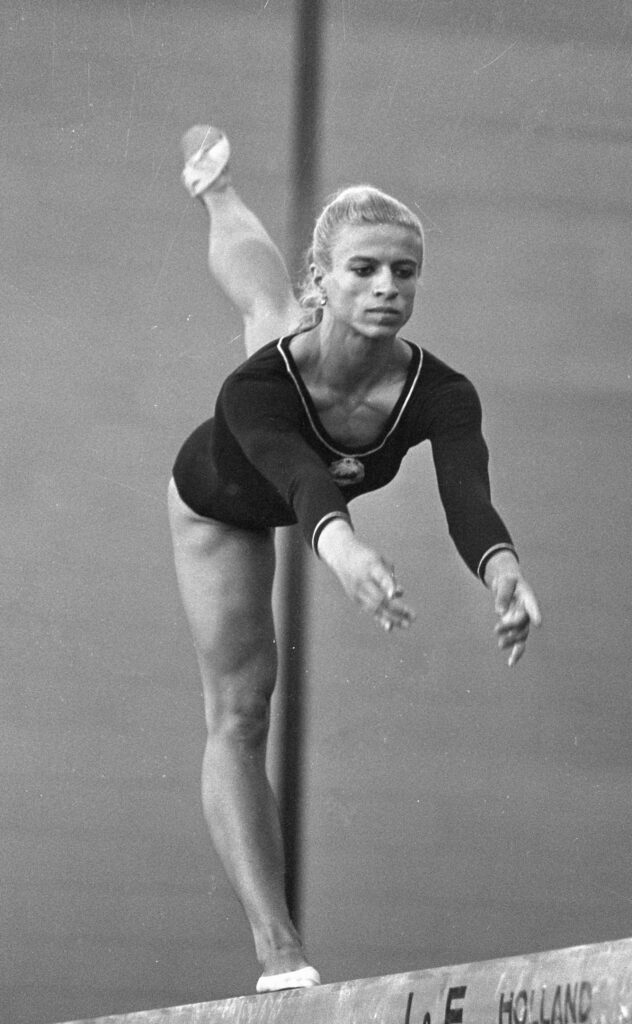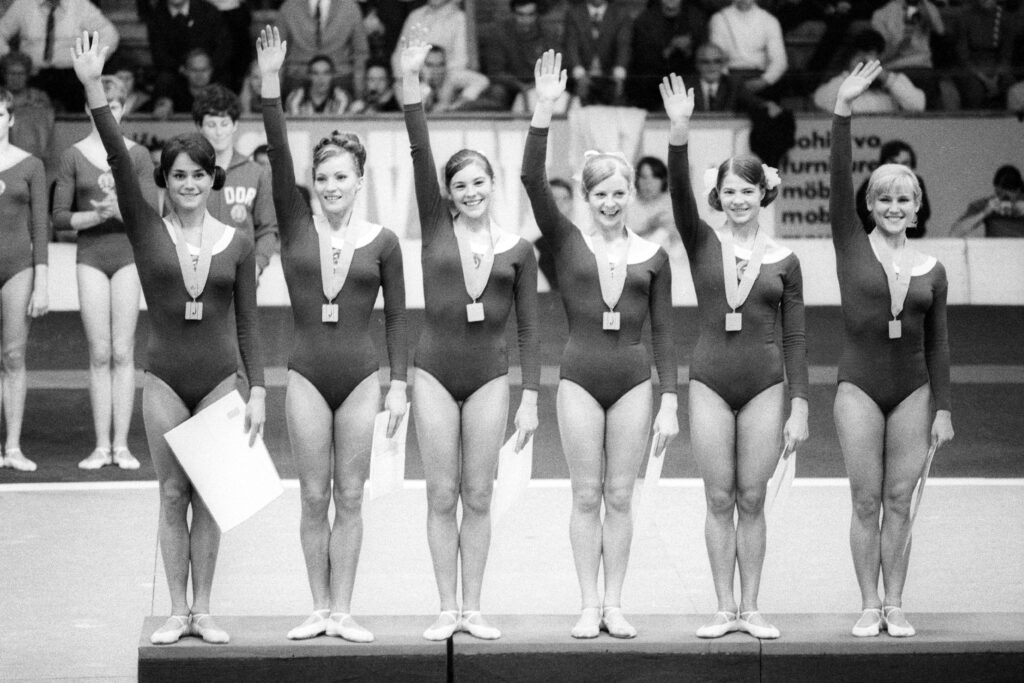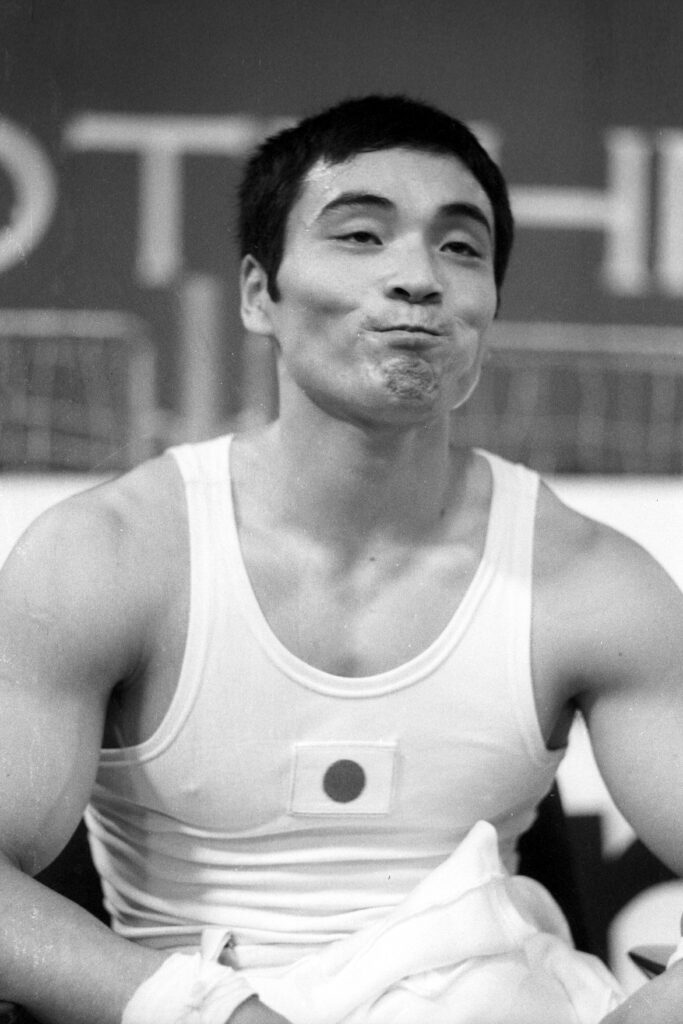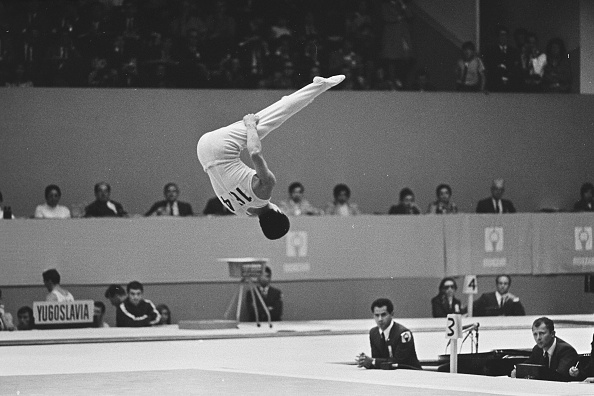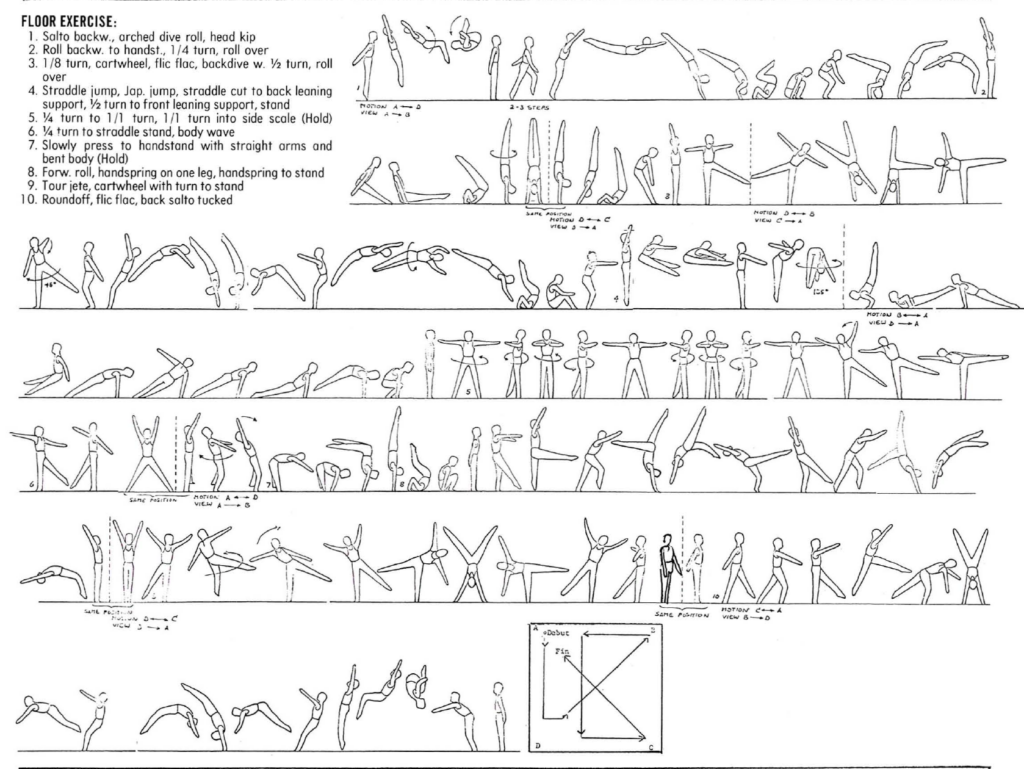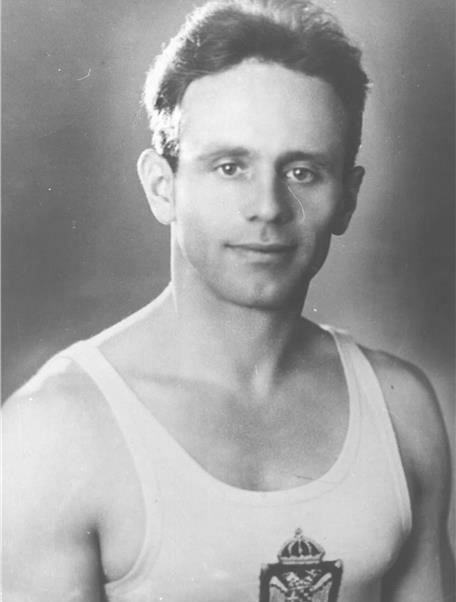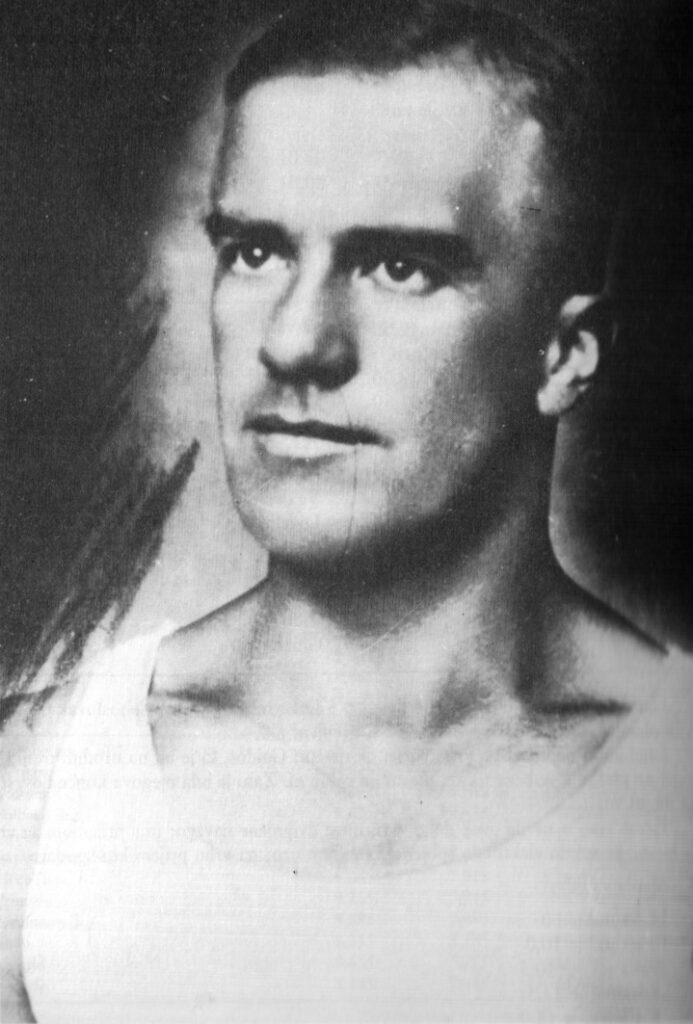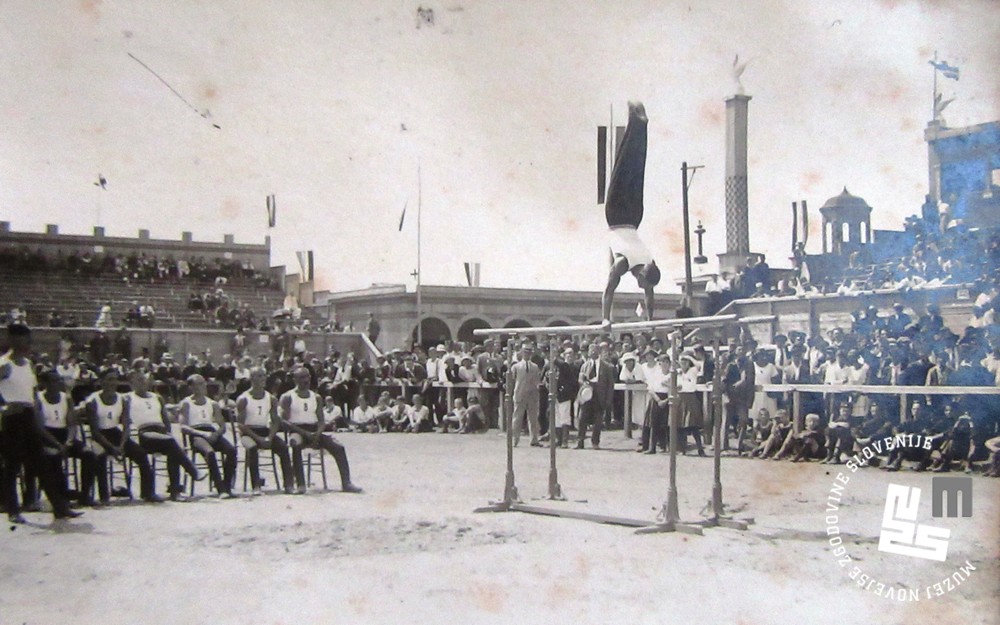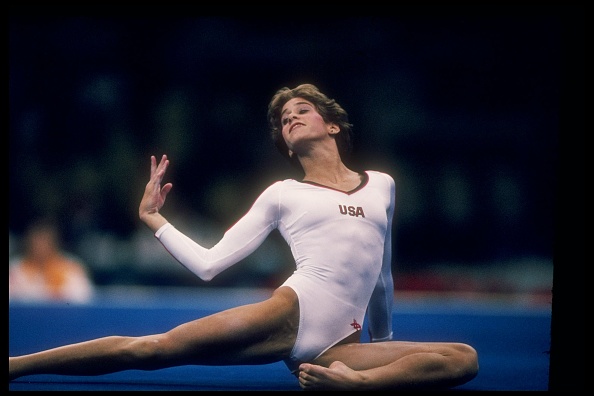At the 1970 World Championships, the Romanian women’s team took 5th place while the men’s team took 8th. Afterward, Constantin Macovei, a reporter for the Romanian sports periodical Sportul, wrote a series of reflections. He criticized the unfair judging in Ljubljana and praised the women’s program for being on track, particularly Ceampelea and Ioan.
As for the men’s program, Macovei provided several concrete suggestions, including scheduling matches that will push the gymnasts rather than give them a guaranteed victory. In addition, he looked forward to the performances of upcoming gymnasts like Adrian Stoica, who would one day become the President of the Men’s Technical Committee at the FIG.
